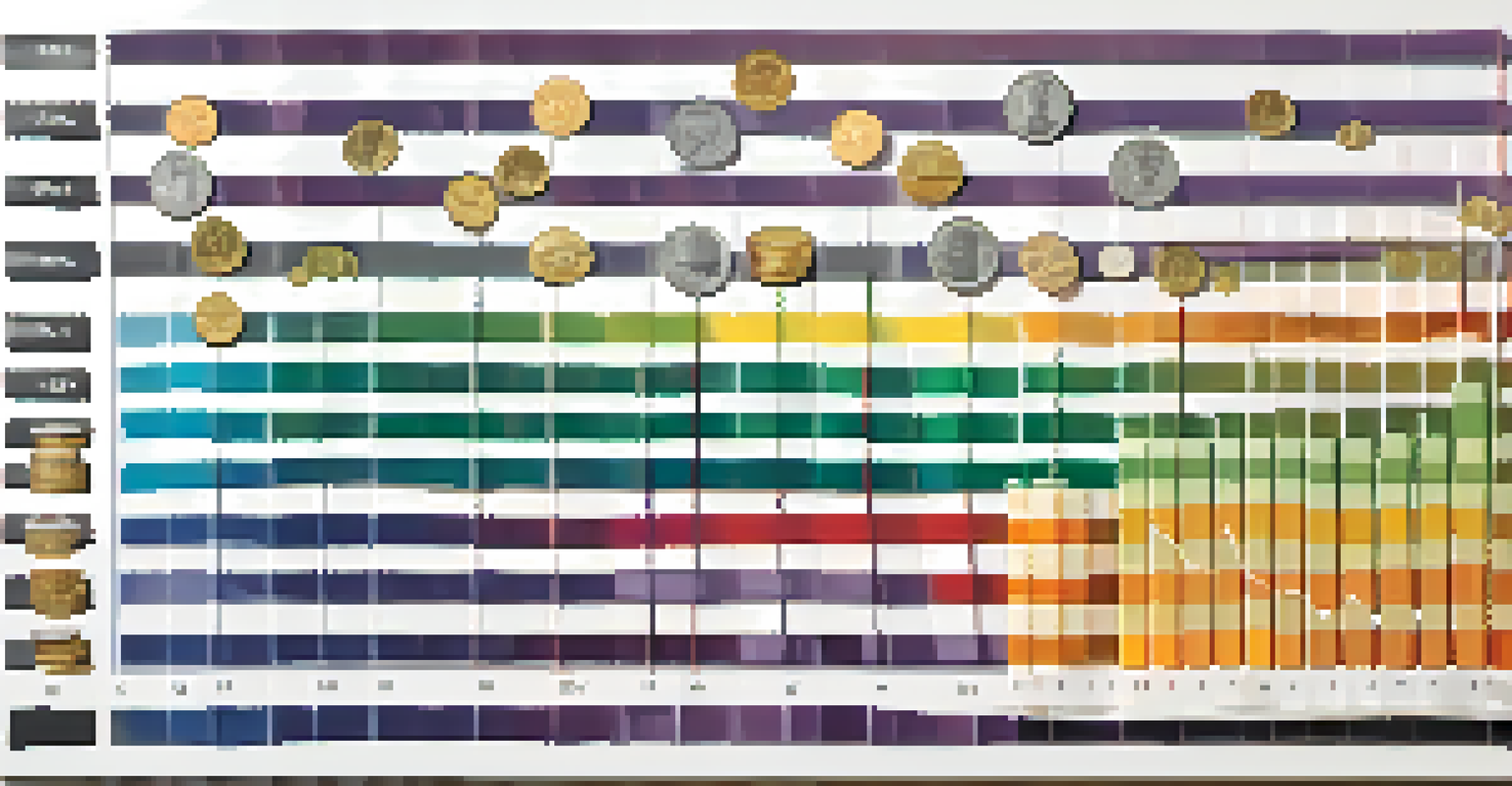The Power of Compound Interest: Explaining to Kids

What is Compound Interest? A Simple Explanation
Compound interest is like a snowball rolling down a hill. As it rolls, it gathers more snow and grows bigger. In finance, this means that your interest earns interest over time, making your money grow faster.
The most powerful force in the universe is compound interest.
Imagine you have $100, and the interest rate is 10%. After one year, you'll have $110. But in the second year, you earn interest on that new amount, not just the original $100. This is how your money can increase exponentially!
By understanding this concept, kids can see why saving money early can lead to a lot of wealth later. It's not just about what you save, but how that money can grow over time.
The Magic of Time: Why Starting Early Matters
Time is a crucial factor in compound interest, much like planting a seed. The earlier you plant it, the bigger it can grow. If kids start saving early, even small amounts can turn into significant money.

For example, if a child saves $50 a year starting at age 10 and stops at 18, they may have around $500 by the time they’re 18. But if they wait until they're 18 to start saving, they might only have $400 by the time they're 26, depending on interest rates.
Compound Interest Grows Wealth
Compound interest allows your money to earn interest on itself, leading to exponential growth over time.
This simple idea helps kids understand the value of patience and planning for their future. The earlier they save, the more their money can work for them.
How Interest Rates Affect Growth
Interest rates are like the fuel for the compound interest engine. A higher rate means more growth for your money, while a lower rate means it grows more slowly. Kids can think of it as the difference between a tiny candle and a big bonfire.
Do not save what is left after spending, but spend what is left after saving.
If you have a 5% interest rate, your money will grow at a certain pace. But if that rate doubles to 10%, your money will grow much faster. Teaching kids about different rates can help them make smarter financial choices.
This understanding can empower them to seek out better savings accounts or investment options, maximizing their earnings as they grow older.
Examples of Compound Interest in Real Life
Kids encounter compound interest in various places, like savings accounts or even their piggy banks. When they deposit money, the bank pays them interest, which is a real-life example of how compound interest works.
For instance, if a child saves $100 in a bank account with a 10% annual interest rate, they’ll have $110 after one year. In the second year, they earn interest on $110, not just $100, making their savings grow faster.
Start Saving Early for Success
Beginning to save at a young age can significantly increase the amount of money accumulated due to the power of time in compound interest.
Relating these examples to their experiences makes the concept of compound interest more tangible and engaging for them.
The Power of Visualization: Making It Fun
Visualization is a powerful tool when explaining complex ideas. Kids love stories and visuals, so using charts or drawings can help them grasp compound interest better. A simple graph showing how money grows over time can be eye-opening.
You might create a fun game where they can see how their 'money' grows with different interest rates. This interactive approach keeps them engaged and makes learning enjoyable.
Turning education into a game helps them remember the concept and might even inspire them to save more money in real life.
Common Misconceptions About Compound Interest
Many kids think that they need a lot of money to start saving or investing. However, compound interest works wonders even with small amounts. It's all about consistency and time, not just how much you start with.
Another misconception is that interest is only for adults. Kids can start saving their allowance or money from chores, proving that anyone can benefit from compound interest.
Visualization Makes Learning Fun
Using visual tools and games can help kids better understand and engage with the concept of compound interest.
By clearing up these misunderstandings, kids can feel empowered to take control of their finances from a young age.
Encouraging Smart Saving Habits
Teaching kids about compound interest is just the beginning; it's also essential to encourage smart saving habits. You can help them set savings goals, like buying a new toy or a game, and track their progress.
Using a visual savings chart can be motivating. Each time they save, they can mark their progress, making it a fun and rewarding experience.

By fostering these habits early on, kids will carry this knowledge into adulthood, setting them up for financial success in the future.
The Lifelong Benefits of Understanding Compound Interest
Understanding compound interest lays the foundation for a lifetime of smart financial decisions. Kids who learn this concept early on are more likely to save, invest wisely, and manage their money effectively as adults.
This knowledge can lead to greater financial independence, allowing them to live the life they desire without being burdened by debt or financial stress.
In the long run, teaching kids about the power of compound interest is a gift that keeps on giving, providing them with the tools to achieve their dreams.